Ulm-Ringingen, Baden-Württemberg, southwestern Germany: Holger Krisp (Holleday), CC BY 3.0, via Wikimedia Commons @ https://commons.wikimedia.org/wiki/File:Arion-subfuscus-braune-wegschnecke.jpg
"Flipped and relabeled image so that pneumostome is on right side of body.": Billlion, CC BY-SA 3.0, via Wikimedia Commons @ https://commons.wikimedia.org/wiki/File:Slug_parts.png
Lakewood, Jefferson County, north central Colorado: Joseph Berger, Bugwood.org, CC BY 3.0 US, via Insect Images @ https://www.insectimages.org/browse/detail.cfm?imgnum=5386116; CC BY 3.0 US, via Wikimedia Commons @ https://es.wikipedia.org/wiki/Archivo:Deroceras_reticulatum.png
photo taken under awning of unused sandbox: Lokilech, CC BY-SA 3.0, via Wikimedia Commons @ http://en.wikipedia.org/wiki/File:Tigerschnegel_Einablage.jpg
found under stone in garden in Weimar, Thuringia, central Germany: Lipedia, CC BY 3.0, via Wikimedia Commons @ http://commons.wikimedia.org/wiki/File:Slug_eggs_and_baby.jpg
John W. Taylor, Monograph of the Land & Freshwater Mollusca of the British isles (1907), Figure 56, page 37: Not in copyright, via Internet Archive @ https://archive.org/details/monographoflandf814tayl/page/37/mode/1up; via Biodiversity Heritage Library @ https://www.biodiversitylibrary.org/page/13171826
northern Germany: Soebe, CC BY-SA 3.0, via Wikimedia Commons @ https://en.wikipedia.org/wiki/File:Carabus_auratus_with_prey.jpg
French malacologist Jacques Philippe Raymond Draparnaud (June 3, 1772–1804) gave scientific name to dusky slug in 1805.: Gary Bernon, USDA APHIS, Bugwood.org, CC BY 3.0 US, via Forestry Images @ https://www.forestryimages.org/browse/detail.cfm?imgnum=1192005
Lakewood, Jefferson County, north central Colorado: Joseph Berger, Bugwood.org, CC BY 3.0 US, via Forestry Images @ https://www.forestryimages.org/browse/detail.cfm?imgnum=5386118
Carl Linnaeus (May 23, 1707–January 10, 1778) assigned scientific name to leopard slug in 1758.: Noj Han (nojhan), CC BY-SA 2.0, via Flickr @ https://www.flickr.com/photos/nojhan/2202913365/
John W. Taylor, Monograph of the Land & Freshwater Mollusca of the British isles (1907), Plate VI, opposite page 46: Not in copyright, via Internet Archive @ https://archive.org/stream/monographoflandf814tayl#page/n84/mode/1up; Not in copyright, via Biodiversity Heritage Library @ https://www.biodiversitylibrary.org/page/13171836
November 17, 2010-April 18, 2011 exhibit, MoMA Lobby, 53rd Street exit: Charles16e, CC BY 2.0, via Flickr @ https://www.flickr.com/photos/carlmikoy/5527925880/
John W. Taylor, Monograph of the Land & Freshwater Mollusca of the British isles (1907), Figure 57, page 37: Not in copyright, via Internet Archive; Not in copyright, via Biodiversity Heritage Library @ https://www.biodiversitylibrary.org/page/13171826
Die Gartenlaube, 1897, no. 27, page 449: Public Domain, via Wikimedia Commons @ https://commons.wikimedia.org/wiki/File:Die_Gartenlaube_(1897)_b_449.jpg; via Wikisource @ https://de.wikisource.org/wiki/Die_Gartenlaube_(1897)/Heft_27


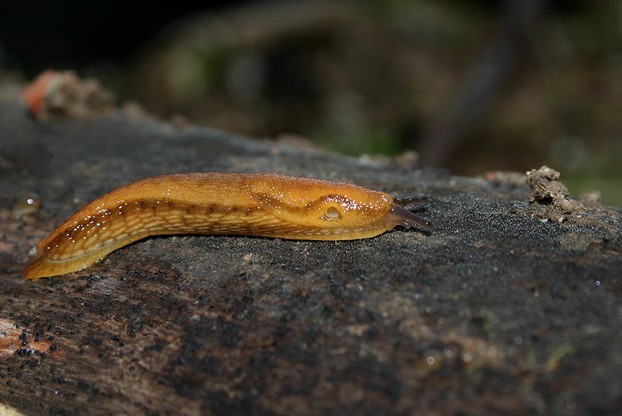
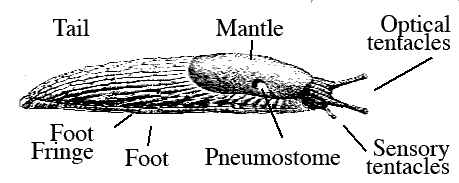
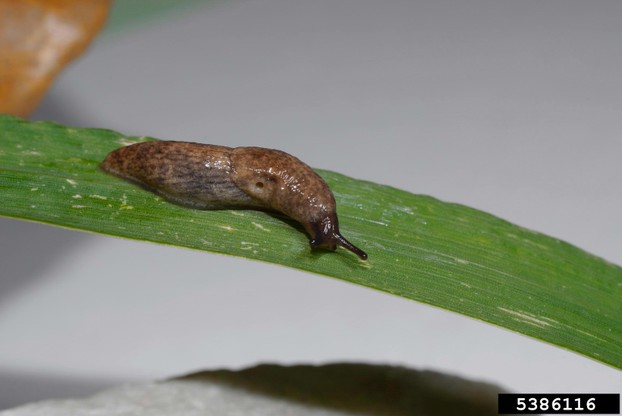
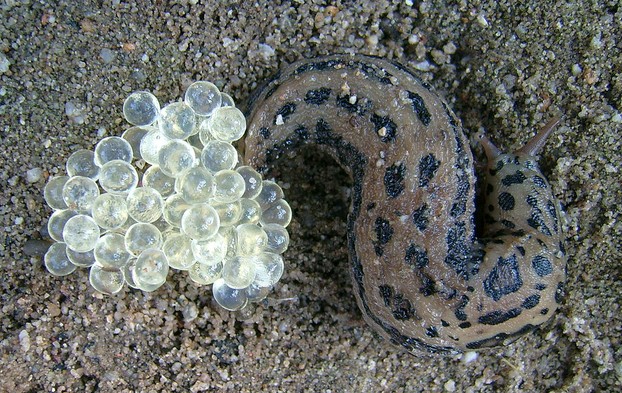
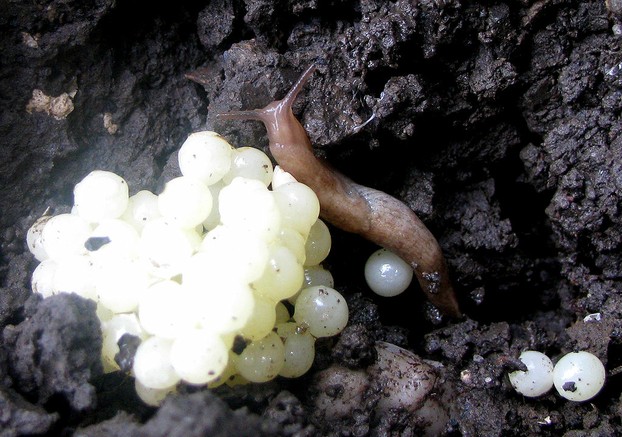
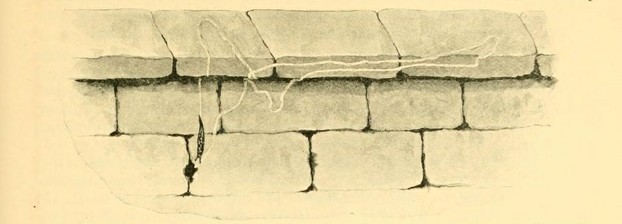
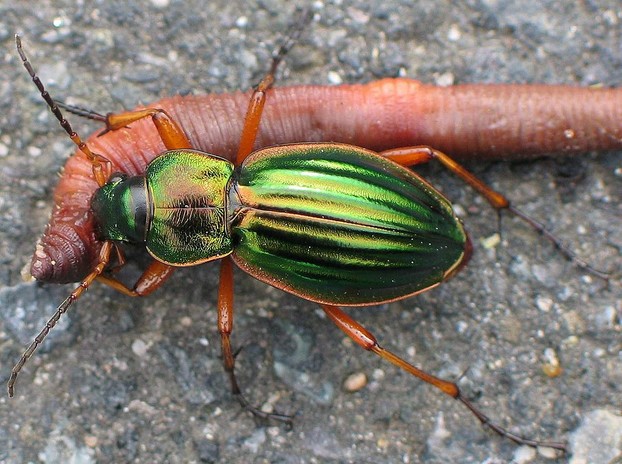
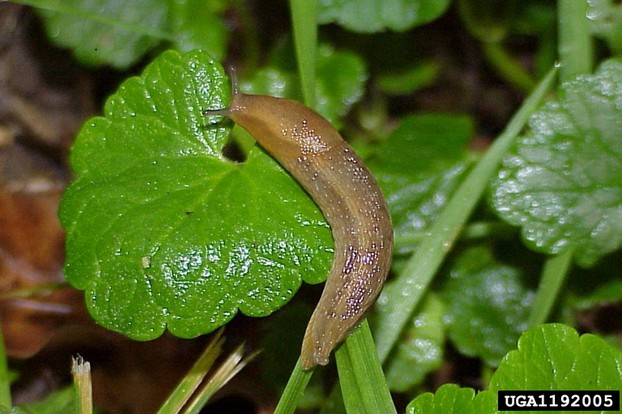
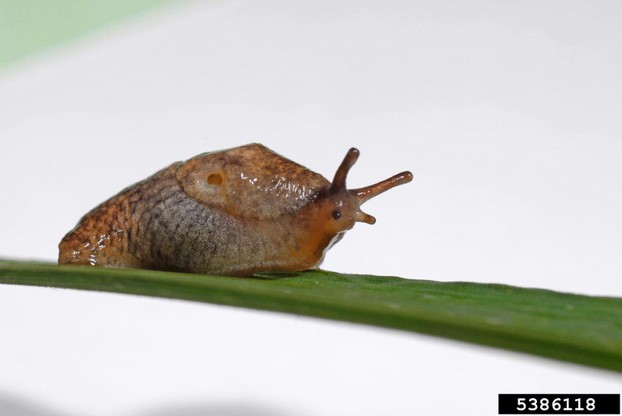
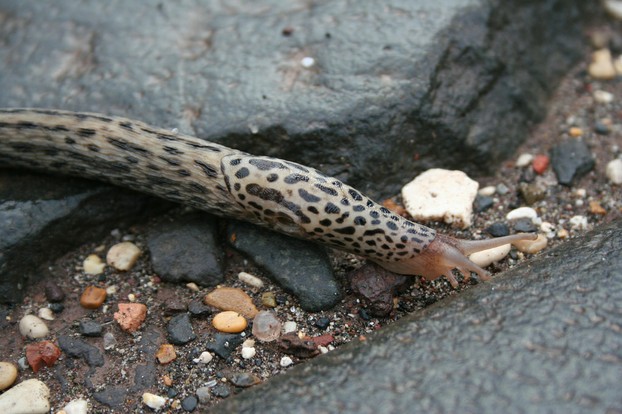
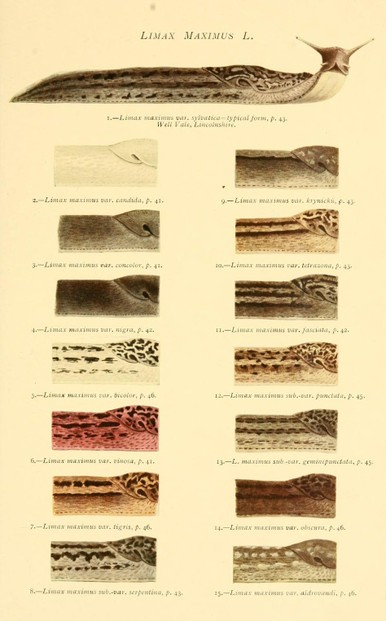
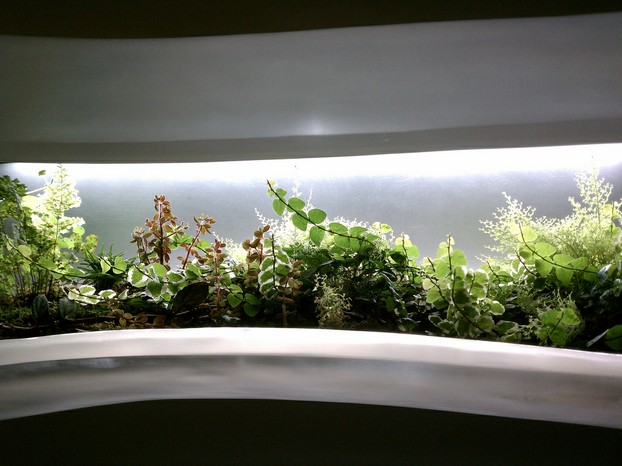
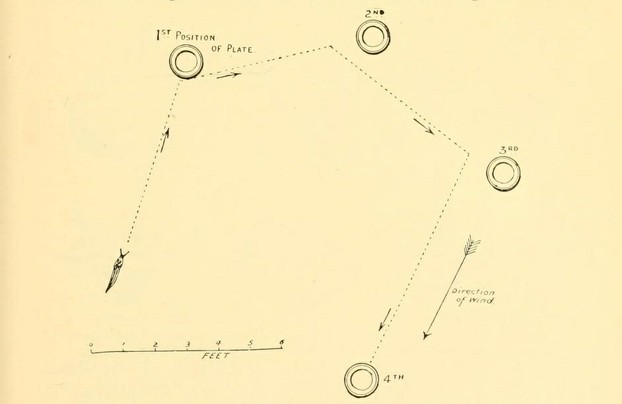
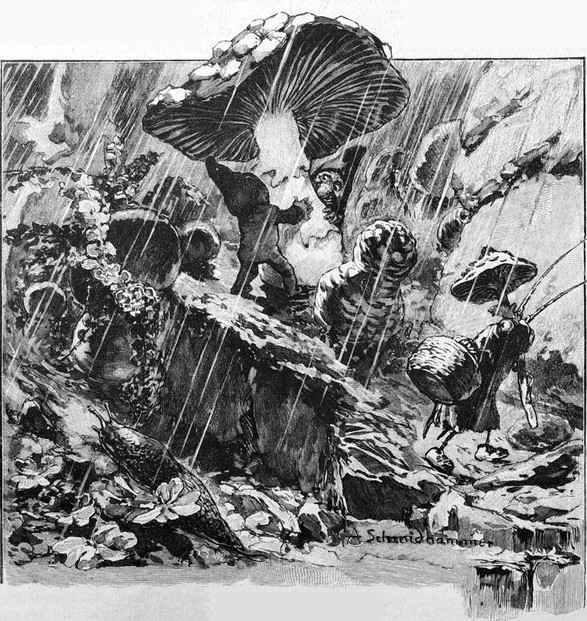


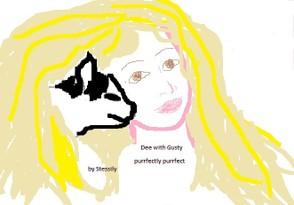
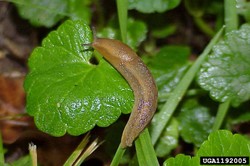

 Are Hawaiian Huakai Po Nightmarchers Avenging Halloween Thursday?on 10/02/2024
Are Hawaiian Huakai Po Nightmarchers Avenging Halloween Thursday?on 10/02/2024
 Mailing Addresses for 2023 Form 4868 Extending 1040 and 1040SR April 15, 2024, Due Dateon 04/15/2024
Mailing Addresses for 2023 Form 4868 Extending 1040 and 1040SR April 15, 2024, Due Dateon 04/15/2024
 Mailing Addresses for 2023 Forms 1040 and 1040SR Filed in 2024on 04/15/2024
Mailing Addresses for 2023 Forms 1040 and 1040SR Filed in 2024on 04/15/2024
 Mailing Addresses for 2022 Form 4868 Extending 1040 and 1040SR April 18, 2023, Due Dateon 04/13/2023
Mailing Addresses for 2022 Form 4868 Extending 1040 and 1040SR April 18, 2023, Due Dateon 04/13/2023

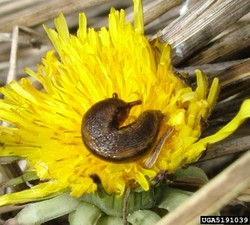
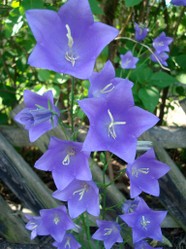
Comments